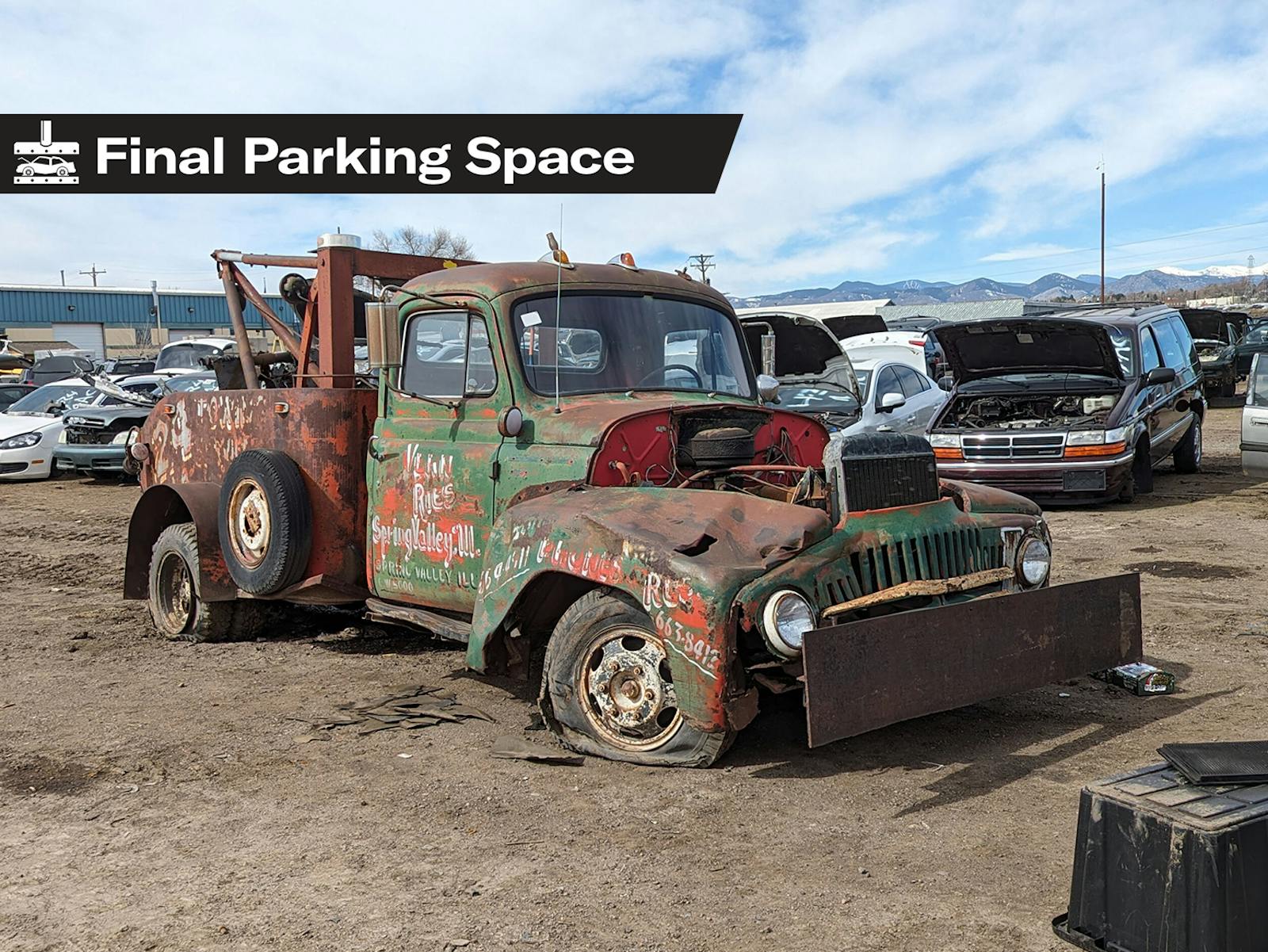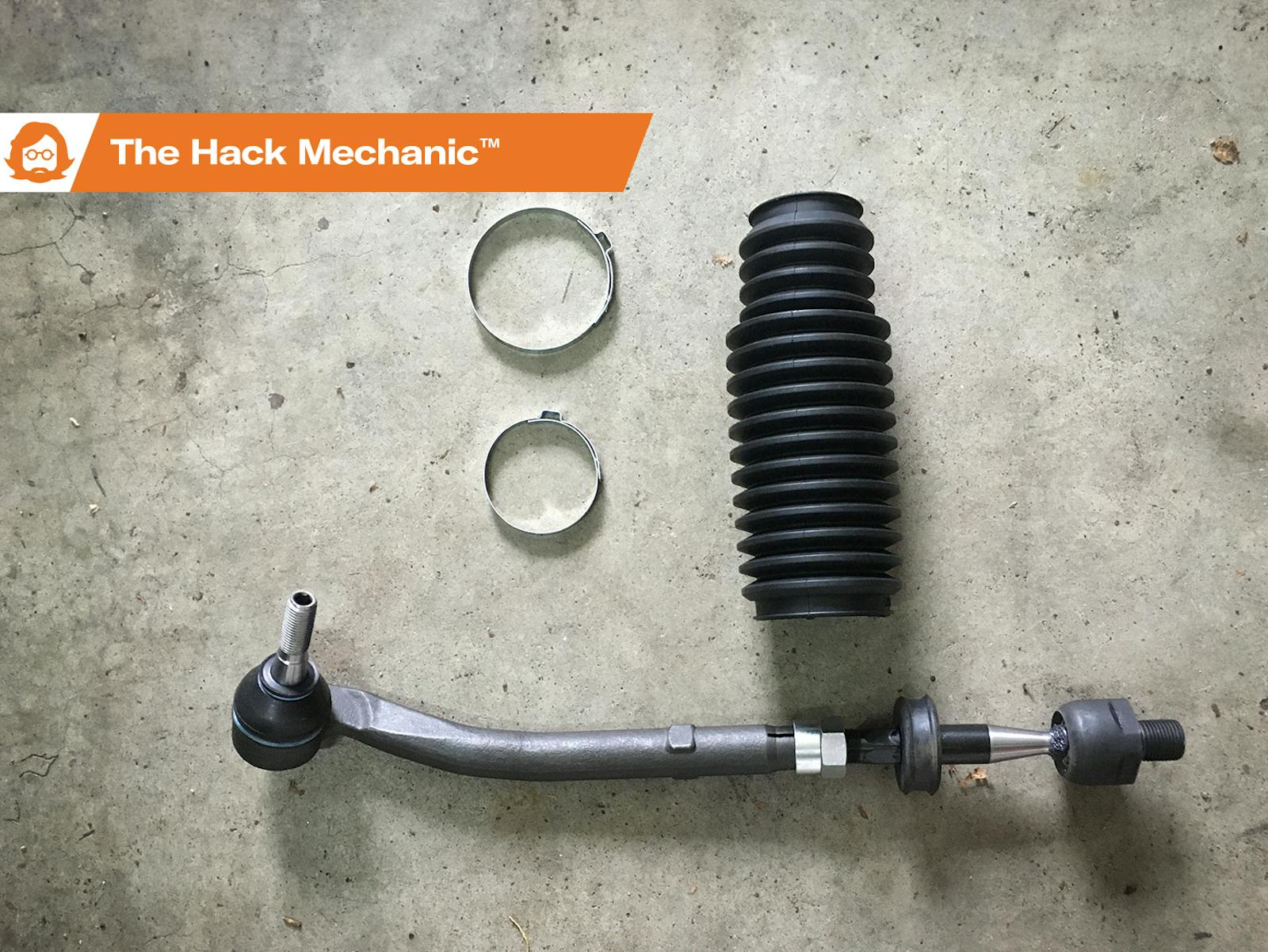Leno: Climb a Mountain or Buy a Dodge?
This article first appeared in Hagerty Drivers Club magazine. Click here to subscribe and join the club.
I was watching television the other day, and an ad came on in which this guy is climbing Machu Picchu, the famous ancient mountain city down in Peru. It looks beautiful and he’s clearly having a moment, and the voiceover comes on and says something like, “At the end of your life, what are you going to think about: What you could have bought or where you could have gone?” And I started thinking about what I could have bought—like this Hispano-Suiza I once stupidly passed on—while the ad smugly answered itself: “It’s where you could have gone.”
“What? No!” I yelled at the TV. “I’ve completely forgotten where I’ve gone!” That’s when I realized that the ad was definitely not aimed at me. Maybe I’m completely missing out on the point of life, but I’d rather have a nice watch than go somewhere. I don’t particularly like to travel, so I need to have a reason for it. Such as work. Or, better yet, to look at a car. Then I have a reason, a mission. Obviously, I’ve saved a lot of money on vacations over the years, and there are probably a few extra cars around here because of it.
One example might be the Dodge Demon 170 I just bought. I couldn’t resist it. This is the last car of its kind that will ever be made. It’s got 1025 horsepower, and it’s kind of like your sister’s big, dumb boyfriend. It’s a big linebacker that will kick anybody’s ass, do 0–60 in about 2 seconds, and rip an 8-second quarter-mile. It does wheelstands from the factory and comes with an optional parachute kit, and it makes me laugh.

More important, I love the egalitarianism of it, the idea that everything in America should be attainable if you work hard enough. To get this kind of horsepower somewhere else, you have to go to Ferrari or McLaren and pay hundreds of thousands of dollars, whereas this car was built in a union shop (I spent my whole career at NBC working in a union shop and I’m a union guy) and it stickers for less than $100,000. OK, the Demons are not so easy to get, and good luck finding one at sticker. But if you can live with only 717 horsepower, or even just a mere 375, there are Hellcats and R/Ts aplenty. And they’ve been building the car since 2008, making it better every year, with modern electronics, tighter door seals, and improved handling. (You can read all about the Challenger’s replacement, the new Charger coupe, here.)
As far as I’m concerned, Tim Kuniskis, who ran Dodge until he was promoted last year to the truck division, is a genius. He figured out exactly what the buyers of these cars wanted—a lot of horsepower and noise and comfort at an affordable price—and packaged it up in that great Brotherhood of Muscle campaign. The sales have just gone up and up.

I’ve got a 1970 Challenger with the 426 Hemi, and though I love the looks and the nostalgia of it, the car is awful. It squeaks, it rattles, it doesn’t do anything well. It has two sheetmetal screws holding the transmission tunnel in; you can shake it and the whole thing might come off in your hands. I remember my dad’s ’66 Ford Galaxie; by 1968, there were already rust bubbles on the fenders. But hey, that’s the way cars were made back then: a lot of style and noise but not much substance. We still have fun with them and accept their quirks as part of their charm. But the Hellcat looks great, has proper brakes and a proper suspension, and for anything you do on the street, it makes driving at seven-tenths pretty much perfect. Does that make it boring? I don’t think so.
Ed Welburn, the former head of GM design, told me a few years ago that because SUVs are so popular, the seat height, or the height of the seat above the ground, of the average new vehicle today is the same as GM cars from 1938. So I wouldn’t say that everything about today’s cars is better. To me, the Challenger is really the last great American road car. I’ve already got a Hellcat here in the garage with a six-speed. The seats are big, the car is comfortable, and it’s got a lot of what Detroit marketers used to call “road-hugging weight.” Which sounds ridiculous, but the car plants itself and you aim it at Vegas and it goes there, getting over 20 miles per gallon with 707 horsepower. I love driving it because there isn’t one time when I’ve taken it out and done a downshift and it didn’t make me laugh.
Which is a lot more than I can say about the thought of climbing Machu Picchu.
***
Check out the Hagerty Media homepage so you don’t miss a single story, or better yet, bookmark it. To get our best stories delivered right to your inbox, subscribe to our newsletters.



Electric cars are being mandated to production. They are just as bad if not worse for the environment and are a serious threat in coming years to meet the demand for electricity. If Dodge kept building Hemis, the public would keep buying them. The switch to electric is nothing more than electricity investors (like the Bidens in Ukraine) forcing the world away from oil and into their invested market. This is no longer about safety or economy. To mandate what kind of cars we buy is pure socialism. Corrupt like Communism. And an electric car with computer aided controlled functional limits that makes no noise just plain sucks.
I had many a “great car” growing up in the 60’s, 70’s muscle cars era that I wish I still had today. My 2 favorite. of the bunch were my ’57 Chevy Bel Air and my 70 Dodge Charger R/T with the 440.
We bought four Hellcats and Redeye’s. Frankly I was pissed about the way Dodge handled the sales of both the Demon and Demon-170. Limited run cars for some reason, and in both cases the cars went to people well connected, or willing to pay a huge ADM. It’s still not clear to me why Dodge didn’t just raise the price of the cars enough to pay the government for the privilege of making them, and make enough for everyone that wanted one. It’s nice to see that Jay Leno got one – we more or less expected that. But in many other cases people were able to get their hands on one, together with a nice windfall if they flip the car. It was fun, but I’m done with it all now.